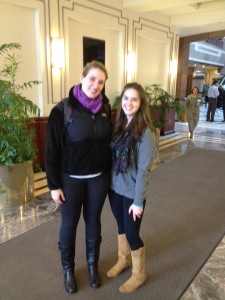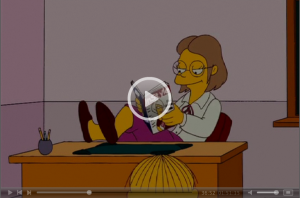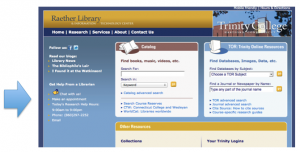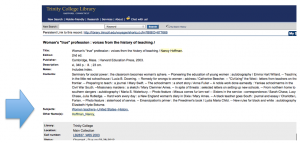HARTFORD— This past Monday, February 27, 2012, a discussion was held regarding the report Opportunity in CT: The Impact of Race, Poverty and Education on Family Economic Success written by Judith Carol and published and sponsored by the Connecticut Association for Human Services (CAHS). The discussion, held in the Old Judiciary Room of the State Capitol, was facilitated by a group of highly-accredited individuals in the educational and political arenas. A highlight of the discussion was the verbalized viewpoint of Erin Boggs, deputy director of the Connecticut Fair Housing Center. Boggs’s agenda was implementing affordable subsidized housing into areas with higher opportunity and more successful schools. Boggs’s agenda on housing was acknowledged and discussed many times in the discussion and provided what seemed to be a fresh idea in the debate over the erasure of the achievement gap.
Erin Boggs and Affordable, Subsidized Housing
During the discussion, Boggs commented, “One thing I really want to focus on is we need to think very hard and be very thoughtful about how we place our affordable subsidized housing. This history has been that we have simply placed that kind of housing again, and again, and again in areas of very high poverty and it makes no sense.” Boggs continued, “In terms of connecting people to higher opportunity, a lot of this is about housing and making sure that we can place that exact same housing in areas just at very base level: where the schools are good…where schools are thriving. We do have a lot of schools in low-opportunity areas that I think are struggling really because there is an over concentration of poverty.” By placing affordable housing in more-affluent and lower-poverty areas with better school systems, less-affluent families would be encouraged to move to these types of areas. Boggs goes on to explain how poverty-stricken students would then receive a better education and the closing of the achievement gap would be facilitated.
To strengthen her point, Boggs mentioned a study from Montgomery County, Maryland which dealt with scattered site public housing. In the study, according to Boggs, public housing was placed in areas of high and low opportunity. It was found that students who lived in the public housing in areas of high opportunity, “cut the achievement gap in half,” as put by Boggs. By moving the housing from its typical placement in low-opportunity areas to high-opportunity areas, students performed worlds better. Boggs was referencing Heather Schwartz’s report Housing Policy is School Policy: Economically Integrative Housing Promotes Academic Success In Montgomery County, Maryland. Schwartz’s report does in fact confirm Boggs’s claim and further supports Boggs’s argument that housing is an integral factor in closing the achievement gap—a welcomed idea which stands out from the more typical potential fixes of the achievement gap such as racial integration, parental involvement, and accountability.
Boggs also mentioned the court case Thompson vs HUD, which took place in Baltimore County Maryland in 1994. Boggs alluded to this court case to prove that it is possible for people from segregated, low-opportunity areas to coexist with people from high-opportunity areas in the suburbs. Boggs explained that Thompson sued HUD because HUD (the U.S. Department of Housing and Urban Development) gave out Section 8 vouchers which would cause resegregation. The court ruled in favor of Thompson and a settlement was put forth. Bogg’s describes the settlement as “advising people with Section 8 about other housing options outside of high-poverty concentrated areas.” She then goes on to say that many people were against this idea. However, the settlement was enacted and the result was not negative, as people thought it would be. In fact, when the people with Section 8 moved outside of these areas and into suburbs with high opportunity, it was found that the suburbanites did not express opposition to the integration. Bogg’s also said that not only were most of the families and children accepted into the suburbs, they were “well acclimated into the neighborhood.”
Opportunity in CT: The Impact of Race, Poverty and Education on Family Economic Success : the Report and the Discussion
The discussion on CAHS’s report was lacking information on educational topics. CAHS’s discussion was largely based on the economic and employment problems in Connecticut and did not address education beyond the certain points made my Erin Boggs (as many of her other points were not education-based) and the points made by George Coleman (former commissioner of the Connecticut State Department of Education who argued that the closure of the achievement gap cannot be achieved when racial segregation is present and whose points were not center-stage). Although the report itself did address educational issues, the discussion of the report only mildly reflected this. The report itself was also not a piece of literature on education. Instead, the report stated many facts about the achievement gap and then proceeded to discuss how the achievement gap affects family economic success, rather than pose too many exact solutions to the problem.
In addition, by the end of the meeting it was clear that the discussion had been just that: a discussion. No plan of action was decided upon and nothing truly seemed to have been accomplished. Although the discussion was interesting and informative to both its audience and participants, in the end it did not produce any specific results.














